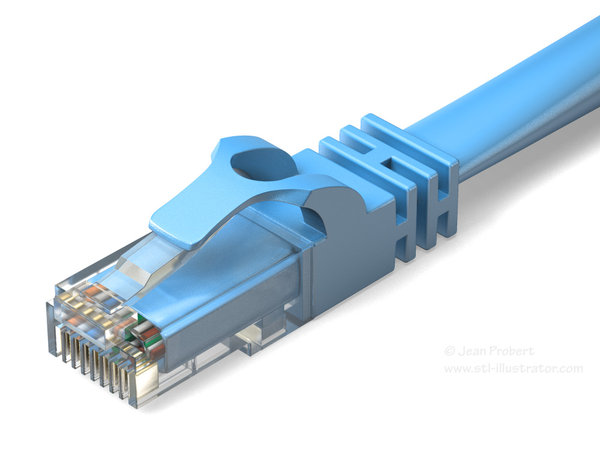<p style="text-align: justify;">An ideal connector is designed to be resistant to pressure, oil, water and vibration. Other desirable qualities include low cost, compact size, durability, simple tools and high insulation value. The connectors are widely used in communications applications, computers, industrial machinery and consumer electronics. Connectors are classified by the pin spacing in mm (pitch), pin count, and the number of rows.</p>
<ol style="text-align: justify;">
<li><strong> FFC Connectors:</strong> Flat Flexible Cable (FFC) consists of thin rectangular copper conductors laminated between two layers of polyester insulation. These copper wires are left exposed at each end and then tinned to make electrical contact with the connector. A stiffener is attached to the cable end that provides mechanical stability of copper conductors exposed during mating and decoupling. This type of cable is used when a straight one to one connection is required. Available in 8 to 80 conductors (0.5mm pitch) and 4-50 conductors in 1.00mm pitch with a variety of thickness options. The Flat Flex cable is available in A type &#8211; Contacts same side or D Type – Contacts opposite sides, whichever your design requires. Standard cable is suitable for 80°C and 60 volts.</li>
<li><strong> FPC Connectors:</strong> Flexible Printed Circuits (FPC) are similar in construction to the FFC, except that the copper film is chemically etched to produce a specific pattern. While these circuits are tailored to each application, various shapes and geometries can solve the most difficult packaging problems.</li>
<li><strong> PCB Connectors:</strong> Printed circuit board (PCB) mounted terminal blocks allow individual wires that connect to the circuit board. PCB mounted terminal blocks are soldered to the board, but are available in a separate version of traction that allows the cable through the block to be disconnected from the part that is soldered to the PCB. These connectors are used, for example, data equipment, measurement and control technology as well as power and industrial electronics.</li>
<li><strong> Ribbon Cables:</strong> Ribbon cable connectors of the tape are designed for use with multi-way IDC so many IDC connections can be made at once, saving time connectors in applications where many connections are needed. These connectors are not designed to be reusable, but often can be reused if care is taken to remove the cable.</li>
<li><strong> DC Connectors:</strong> Connectors Direct Current (DC) provides a specific application with direct current, so it must be used carefully to ensure that the equipment is not damaged. Common types include DC plug DC plugs and connectors’ coaxial DC power, which mainly connect a device to a power source.</li>
<li><strong> USB connectors:</strong> USB connect computer peripherals such as mice, keyboards, cameras, printers, hard drives and flash using USB cables, USB hubs, USB wireless devices, USB accelerator, USB extension, USB extension cable, USB connectors, USB serial adapters PCMCIA and USB 3.0 connectors.</li>
<li><strong> IDC cable to board connectors:</strong> Insulation displacement connectors and piercing connector related isolates are designed to be connected to the conductor of an insulated wire by a switching forcing a blade or blades through the insulation, removing the need to strip the wire before connecting. Such connections are usually seen in low power applications such as telecommunications links, networks and signal between parts of an electronic system or computer.</li>
</ol>
<p style="text-align: justify;">The information has been shared on behalf of Global Connector Technology , is a leading supplier of standard and custom interconnect products.</p>

The Uses Of 7 Types Of Telecom Network Connectors
